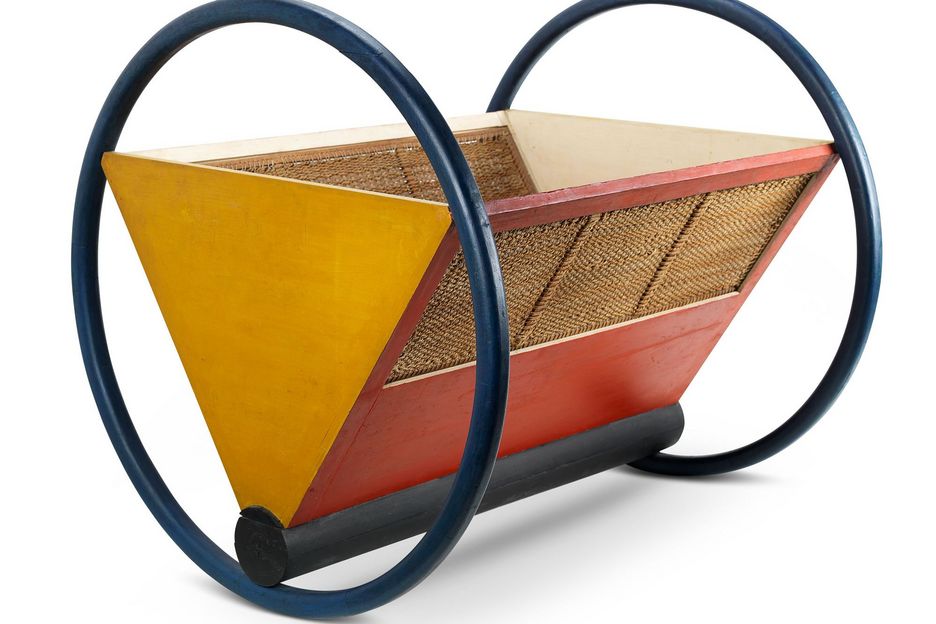
(Read on for fun facts) Why do we know so little about the people actually using our software and products? Why do we perceive the separation of guilds (architecture, development, testing) a normal thing and why do we treat DevOps to be something entirely new?
When I wrote the first draft of this post, I was tempted to fingerpoint “…Agile is nothing new, so what’s the fuzz!?…”. However, finding that the roots of something you support are old, strong and healthy is actually quite encouraging.
So in this blog post, I shall investigate the Bauhaus roots of Agile methods.
The german word Bauhaus literally means “construction house”, initially referring to a design school in Weimar, Germany. The “Staatliches Bauhaus” was founded in 1919 (!) and was led (among others) by architect Walter Gropius. Being a school that combined crafts and fine arts, the term is now connoted as an arts and crafts movement and design epoch.
The Bauhaus Manifesto
When looking for relationships and a paternity test, let’s start by obtaining DNA. The condensed code can be found in the respective manifestos – Agile has its own manifesto, and so has the Bauhaus. What we find sounds suprisingly modern!
The Bauhaus principles include…
- Minimalism, simplicity, effectiveness
- Strict focus on the user and their interaction with the product. This includes usability as well as affordability.
- Emphasis on most recent technology
- Constant development
The Bauhaus manifesto starts with the observation that…
“The ultimate goal of all art is the building!”
…which is surprisingly close to the Agile principles…
“Working software is the primary measure of progress.”
“Our highest priority is to satisfy the customer through early and continuous delivery of valuable software.”
….and there’s even DevOps…
All the Bauhaus principles are built (pun intended) on the assumption, that the artist is the maker, the builder knows her raw materials and is mason and carpenter at the same time. Only by such a union of arts, which includes designers and manufacturers, can products be created which are perfectly fit to use, made from ideally suited materials and are affordable (i.e. can be easily replicated).
“…So let us therefore create a new guild of craftsmen, free of the divisive class pretensions that endeavoured to raise a prideful barrier between craftsmen and artists!…”
This idea to remove the division between thinker and maker is the same which we nowadays hail in the form of BizDevOps etc…So what’s this all about?
We aim at delivering better software.

And just as the Bauhaus DNA lives on in gadget design (compare the Braun T3 transistor radio by Dieter Rams with the first Apple iPod…), it can also be found in today’s Agile methods and frameworks such as Scrum, LeSS or SAFe.
I wonder which evolutionary step comes next.
